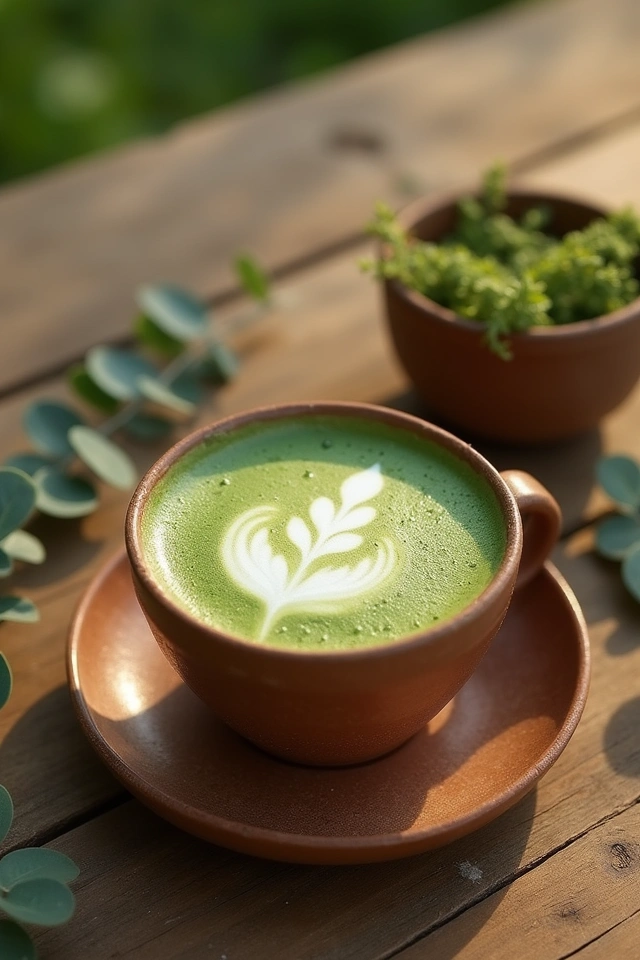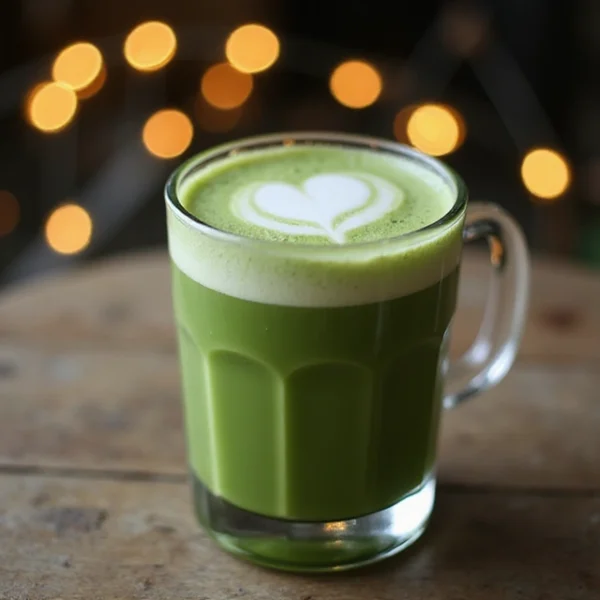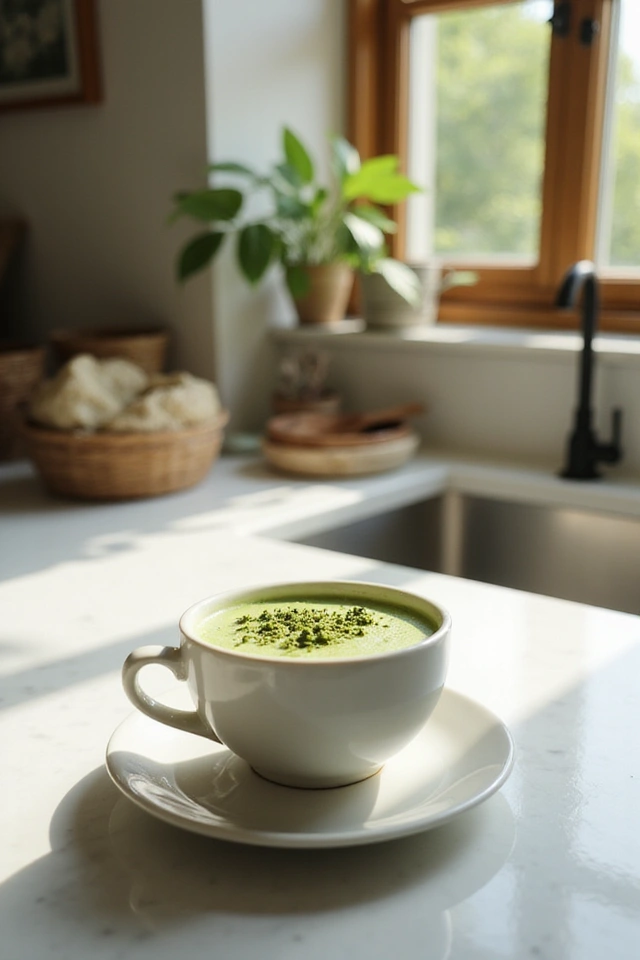Matcha Latte Recipe
Forget overpriced café versions that taste like grass clippings.
This matcha latte recipe delivers creamy, frothy perfection in under 5 minutes—no fancy tools, no barista skills, just pure, Instagram-worthy bliss. Ready to upgrade your mornings?
Most matcha lattes are either bitter, chalky, or just sad. This one nails the balance: sweet but not sugary, earthy but not like drinking a lawn.
The secret? High-quality matcha (don’t cheap out), the right milk ratio, and a whisking method that actually dissolves the powder. No lumps, no regrets.
The Science Behind the Magic
Ceremonial-grade matcha packs antioxidants and a smooth flavor. Heating the milk to just below boiling preserves its sweetness, while a handheld frother (or even a jar) creates that luxe foam. It’s science—delicious, caffeine-loaded science.
Prep time: 2 minutes
Cook time: 3 minutes
Total time: 5 minutes
Servings: 1 (because sharing is overrated)
Ingredients
Instructions
- Sift the matcha. Dump 1 tsp matcha into a bowl or cup. Sift it to avoid clumps—because nobody wants gritty latte surprises.
- Add hot water. Pour in 2 oz of hot water (not boiling, unless you enjoy bitterness). Whisk in a “W” or “M” motion until frothy. No whisk? Use a small jar, seal, and shake like you’re mad at it.
- Heat the milk. Warm 6 oz milk in a saucepan or microwave until steaming (but not boiling). Froth it with a handheld frother, whisk, or—again—the jar method.
- Combine. Pour matcha into a mug, then add frothed milk. Sweeten if desired. For iced, skip heating the milk and pour over ice.
- Pretend you’re in Kyoto. Optional, but highly recommended.
Nutritional Values
Per serving (with dairy milk and no sweetener):
- Calories: 120
- Protein: 8g
- Carbs: 12g
- Fat: 5g
- Caffeine: ~70mg (less than coffee, but no crash)
Storage Instructions

Matcha lattes are best fresh, but if you must prep ahead:
- Store matcha mixture (without milk) in the fridge for up to 24 hours.
- Milk separates when refrigerated—re-froth or shake before using.
- Freezing? Don’t. Just make a new one. You’re worth it.
Common Mistakes to Avoid

- Using boiling water. It scorches the matcha, making it bitter. Aim for 175°F.
- Cheap matcha. Low-grade powder tastes like dirt. Spend a little extra.
- Not sifting. Clumps ruin the texture. Sift it like your sanity depends on it.
- Over-sweetening. Matcha’s flavor is delicate. Start with ½ tsp sweetener.
Alternatives

- Milk: Oat milk froths best for dairy-free. Coconut adds richness but overpowers the matcha.
- Sweetener: Agave, stevia, or vanilla syrup work. Or go savory with a pinch of salt.
- Iced version: Skip heating, use cold milk, and shake with ice for a summer fix.
Frequently Asked Questions
Can I use regular green tea instead of matcha?
No. Matcha is finely ground green tea leaves—you’re drinking the whole leaf. Regular tea won’t give the same flavor or froth.
Why does my matcha taste bitter?
You either used boiling water, low-quality powder, or didn’t sift. Fix those, and it’s smooth sailing.
Do I need a bamboo whisk?
Nope. A regular whisk, frother, or even a jar works. The bamboo whisk just makes you feel fancy.
Can I make a big batch for the week?
IMO, no. Matcha oxidizes and loses freshness. Make it daily—it takes 5 minutes.
Is matcha healthier than coffee?
Different perks. Matcha has L-theanine for calm focus, no jitters, and more antioxidants. But coffee wins for sheer caffeine punch.
Final Thoughts
This isn’t just a latte—it’s a 5-minute upgrade to your entire day. Creamy, energizing, and way cheaper than café versions.
You’ve got the recipe, the tricks, and zero excuses. Whisk, pour, and thank yourself later.


